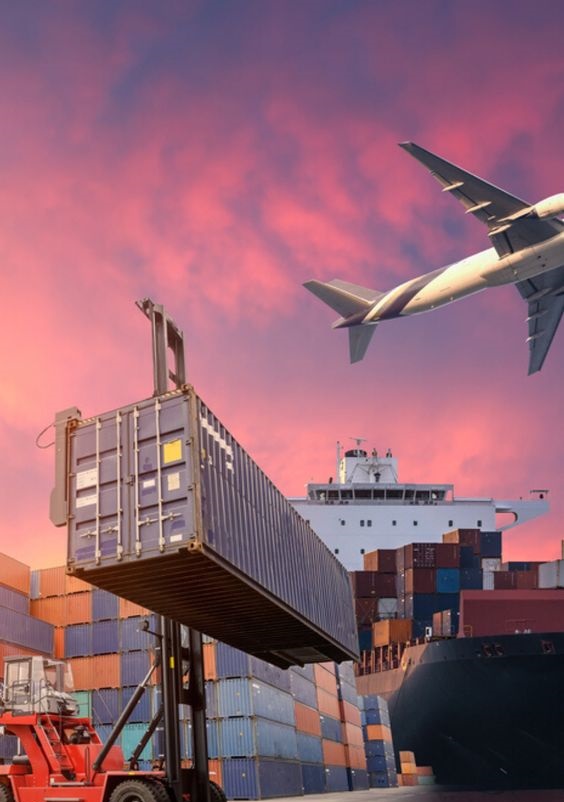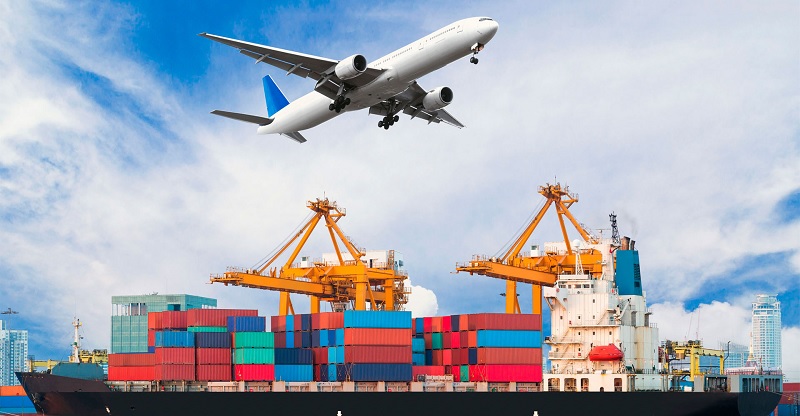Here we will cover the complete guide to large item delivery and how it is changing the supply chain. Large item delivery, also known as LID, is a system that can efficiently move large items from one location to another. It has been in use for many years, but recently it has become more popular due to its efficiency and cost-savings.
With the rise of eCommerce and online shopping, large items have become more common in supply chains. They are used in warehouses, retail stores, and distribution centers for a variety of purposes including inventory management and product transportation.
Large items can be anything from furniture to cars or even pallets of merchandise. They often require more than one person to transport them which can lead to wasted time and resources when they need to be moved from one place to another.
What is Large Item Delivery and Why is it So Shocking?
Large item delivery is an industry that delivers products to customers, such as cars, furniture, and appliances.
In the past few years, the logistics industry has seen a huge increase in the number of large items shipped across the globe. This has made it difficult for companies to keep up with demand with their current infrastructure.

Large item delivery is all about moving large items from one location to another while keeping them safe and intact throughout the journey. There are many different types of deliveries that can be done, such as domestic and international shipments. Now you can send large items easily thorough Shiply.
How Large Item Direct Delivery is Revolutionizing the Supply Chain
Large item direct delivery is a software that helps logistics companies to manage their supply chain. It helps them to monitor the inventory, track deliveries and also provides analytics on the data they have gathered.
Large item direct delivery software is revolutionizing the supply chain industry. It helps companies to reduce their costs, improve customer experience and increase revenue.
Large item logistics software is used by large corporations like Amazon, Walmart and others. This software helps these companies with their inventory management process and also provides insights on how they can optimize their supply chain.
The Future of Logistics Industry with New Technology & Tools to Support Large Items Direct Delivery
The future of logistics industry is bright with new technology and tools to support large items direct delivery.
A new way to reduce inventory costs, improve customer service and increase efficiency is through the use of automation tools in the supply chain.
In the last few years, we have seen a lot of innovations in logistics industry. Supply-chain management tools such as SAP Hybris, Oracle Supply Chain Cloud Suite, and IBM Watson are helping companies to streamline their processes and make them more efficient while reducing their costs.
Rethinking the Way We Ship with New Shipping Technologies for Consumers
Amazon has revolutionized the way we shop, and their new technology is changing the way we ship. Amazon recently introduced a new delivery system called “Shipping with Amazon.” This service allows customers to order items online, and then pick them up at a local store.
This service has been met with mixed reviews because it has a higher cost than traditional shipping methods, but it also offers convenience for consumers. In addition to this, some consumers are not happy with how long it takes for deliveries to arrive.
Here we will explore the pros and cons of this technology as well as some of its use cases in today’s society.
Providing personalized service to consumers across all stages of the supply chain
Personalization is a powerful tool that can help businesses improve their customer service. It can also help them attract new customers and retain existing ones.
The personalization in the supply chain has evolved from a focus on the customer to one of the many other stakeholders in the ecosystem. This includes suppliers, logistics providers, and manufacturers.
In order to provide personalized service, companies need to understand all these different stakeholders and how they interact with each other.


